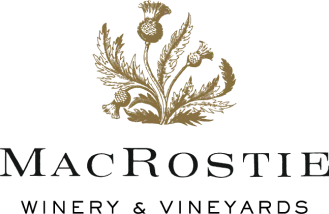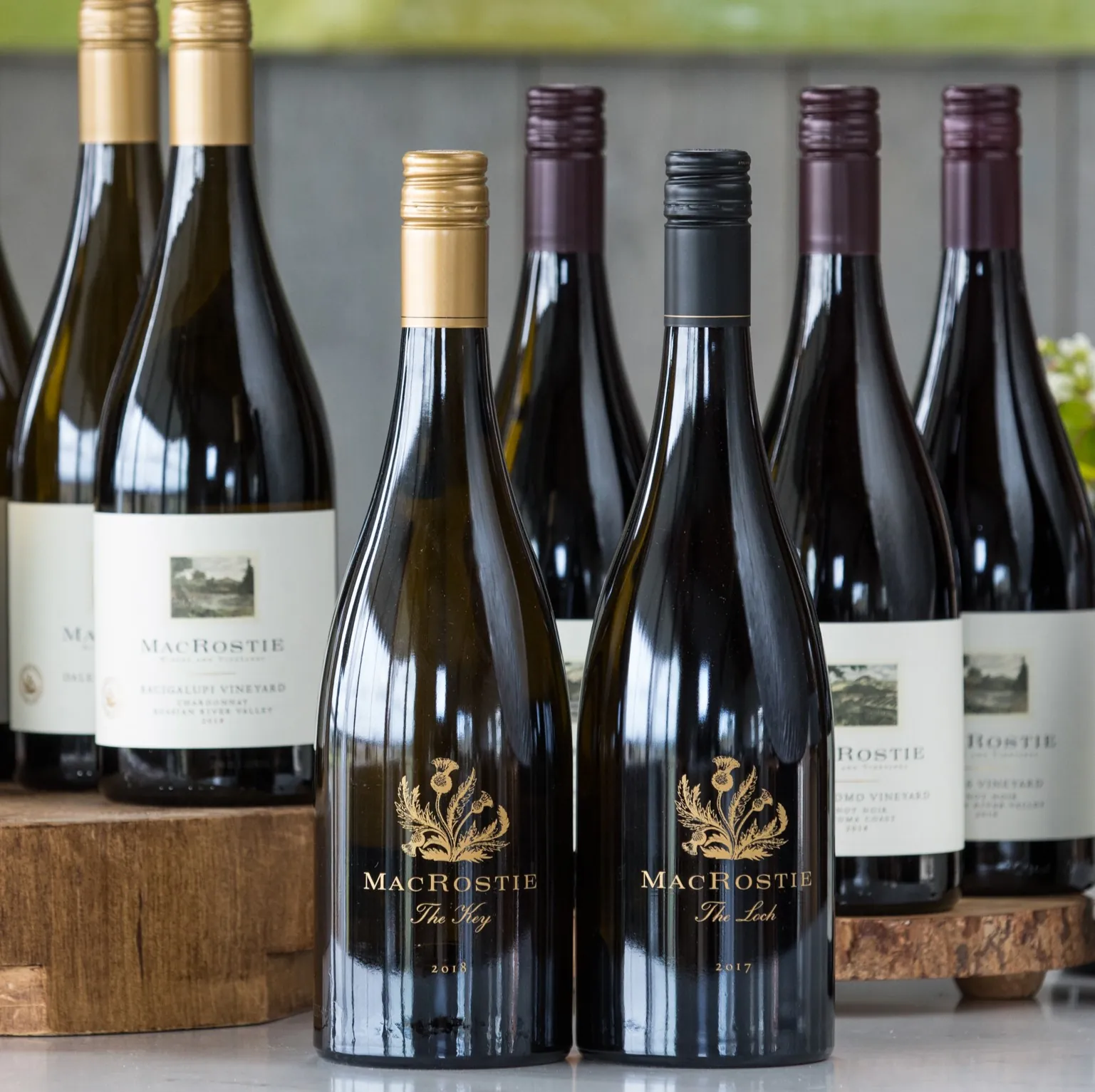Over the past decade, one of the most interesting stories in the world of wine has been the rise in prominence of Sauvignon Blanc. From the aromatic, zesty, and citrus-driven Sauvignon Blancs of New Zealand to the lush and alluring expressions of the grape from Sonoma County, to the rise of California’s sophisticated and texturally driven “Super Sauvignons,” Sauvignon Blanc has emerged as one of America’s most popular wine grapes. In fact, based on data from Nielsen, Sauvignon Blanc represented 7.2% of total wine consumed in the US in 2023 and was the only wine varietal that grew by volume produced.
Sauvignon Blanc has a unique history. While most wine enthusiasts might think that Sauvignon Blanc originally hails from Bordeaux where it contributes to some of the region’s most sought-after white wines, the first mention of the grape seems to come from the Loire region of France in 1534. In fact, the first mention of Sauvignon Blanc in Bordeaux wasn’t until 1710, when it was referenced in Margaux. Based on modern DNA analysis, Sauvignon Blanc is a sibling to both Chenin Blanc and Trousseau. Even more interesting, Sauvignon Blanc along with Cabernet Franc are the parents of the world’s great red grape, Cabernet Sauvignon.
Today, Sauvignon Blanc is grown throughout the world from Sancerre and Pouilly in the Loire to the US, Switzerland, Spain, Italy, Portugal, Australia, South Africa, and New Zealand, where it has quickly earned acclaim as a national treasure. In fact, despite not being planted in New Zealand until the 1970s, New Zealand is now the world’s top region for Sauvignon Blanc and is the source for almost half of all Sauvignon Blanc consumed in the US.
Depending on the climate in which it is grown and how yields are managed (it can be very vigorous), Sauvignon Blanc can express itself very differently. In New Zealand, where the temperatures rarely exceed 80º F, Sauvignon Blanc tends to be high in acidity and highly aromatic, with racy aromas and flavors of citrus and gooseberry. The wines are usually unoaked, which further underscores their sleek minerality. In Napa Valley, where the temperatures are much warmer, Sauvignon Blanc can take on a more rich and textural quality, with luxurious stone fruit and tropical notes emerging. The qualities can then be further enhanced with aging in oak, or the use of alternative fermentation vessels like concrete eggs, or even amphoras.
To craft our own 2023 Clockwise Sauvignon Blanc, Winemaker Heidi Bridenhagen selected two exceptional vineyards in the Russian River Valley: Savona Vineyard, which is farmed by one of our long-time club members, and Hopkins Ranch. Warmer than New Zealand but cooler than Napa Valley, and with regular fog, the Russian River Valley offers a goldilocks climate for Sauvignon Blanc, providing ample ripening time, while staying cool enough to preserve the acidity that is so important for great Sauvignon Blanc. At Savona, which features very old vines, the range of flavors can go from tart and crisp to floral and rich. In contrast, the extremely low elevation, fog-influenced Hopkins Ranch produces incredibly aromatic and high-toned Sauvignon Blanc with intense fruit. Blended together, the result is a wine with aromas of fresh honeysuckle and jasmine, hints of baby grass and Key lime, and rich, mouth-filling flavors of golden apple and golden pear. Lush and tantalizing, our Clockwise Russian River Valley Sauvignon Blanc offers an elevated expression of the grape that is perfect for the warm spring and summer months.









